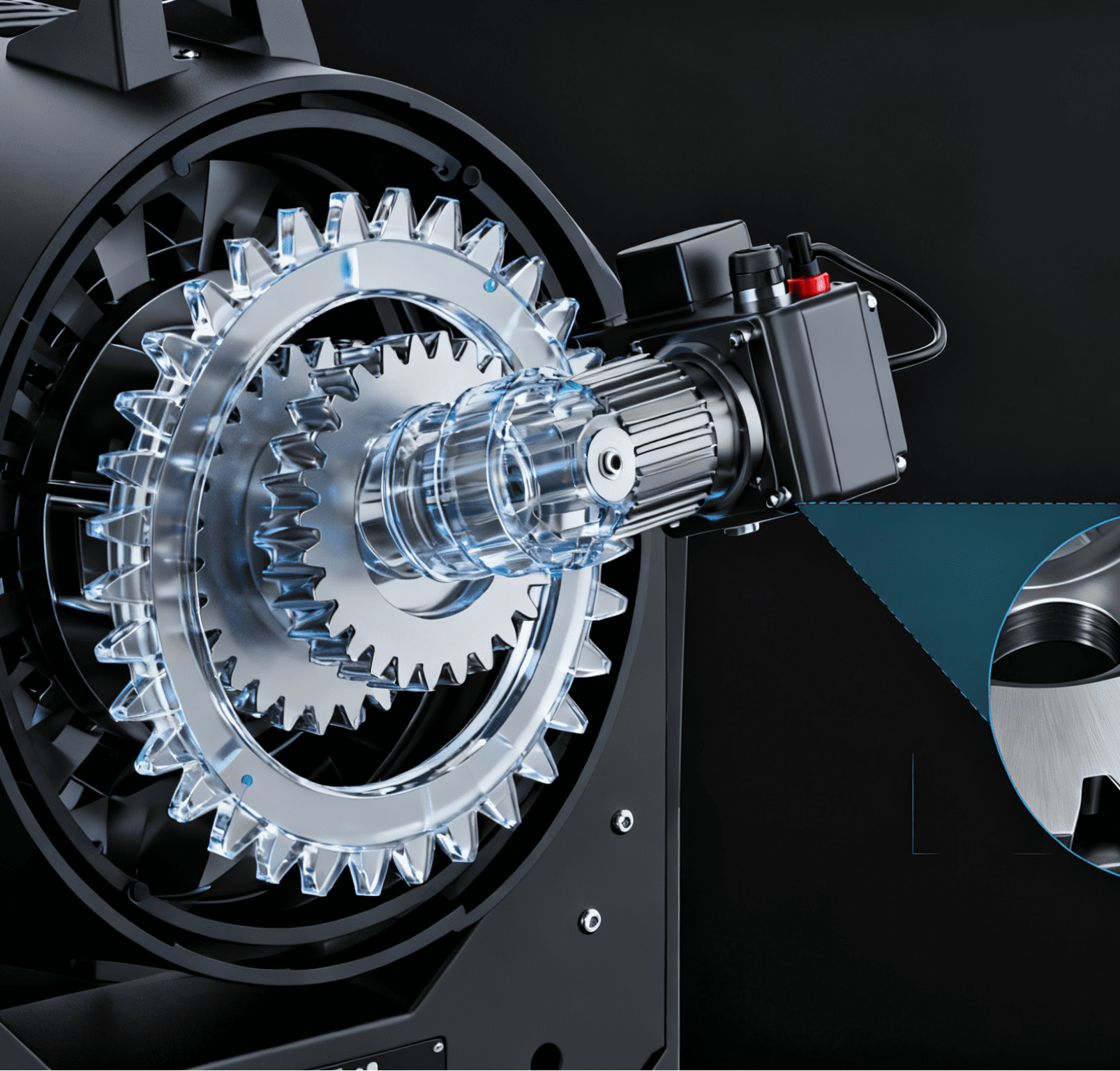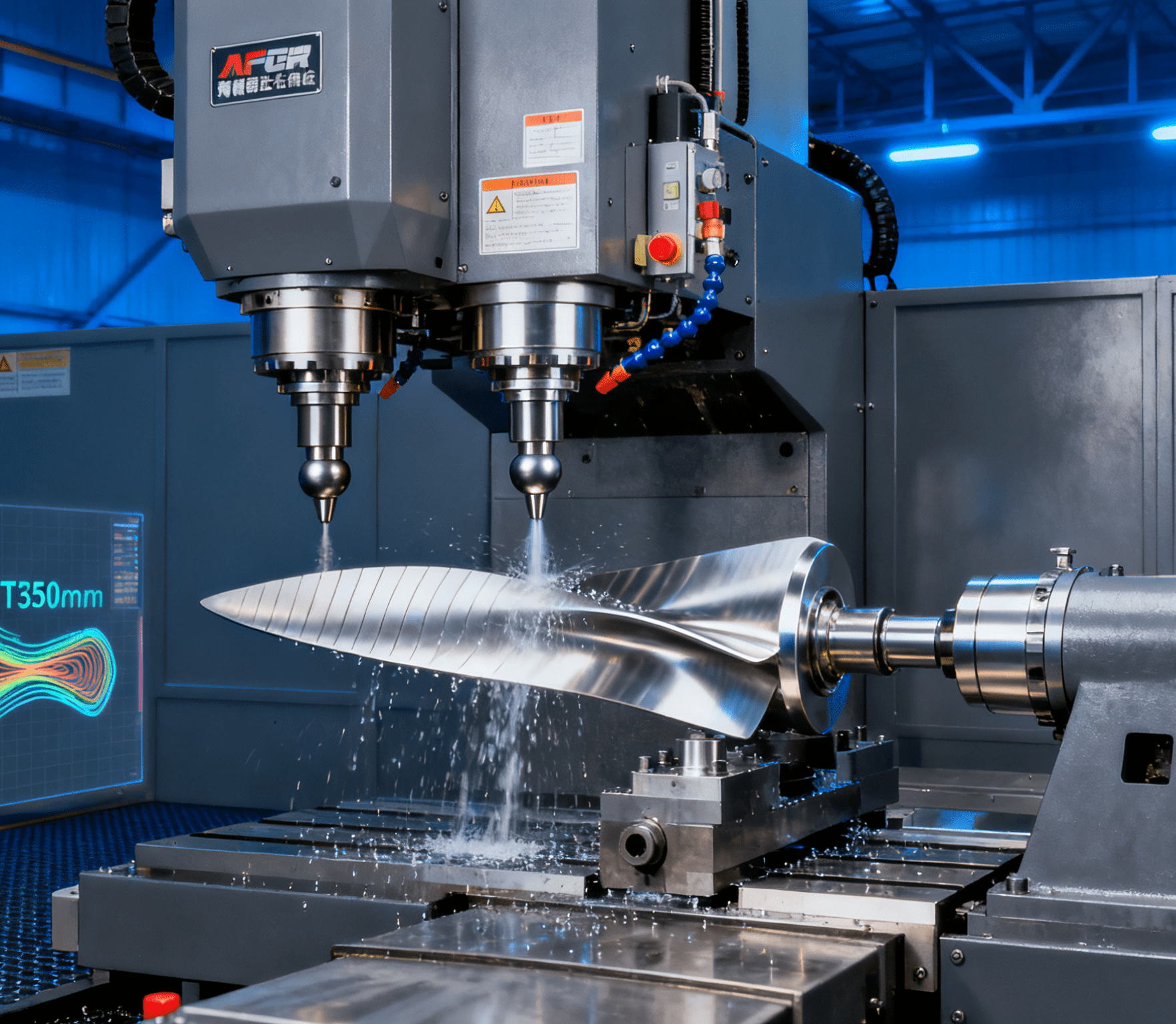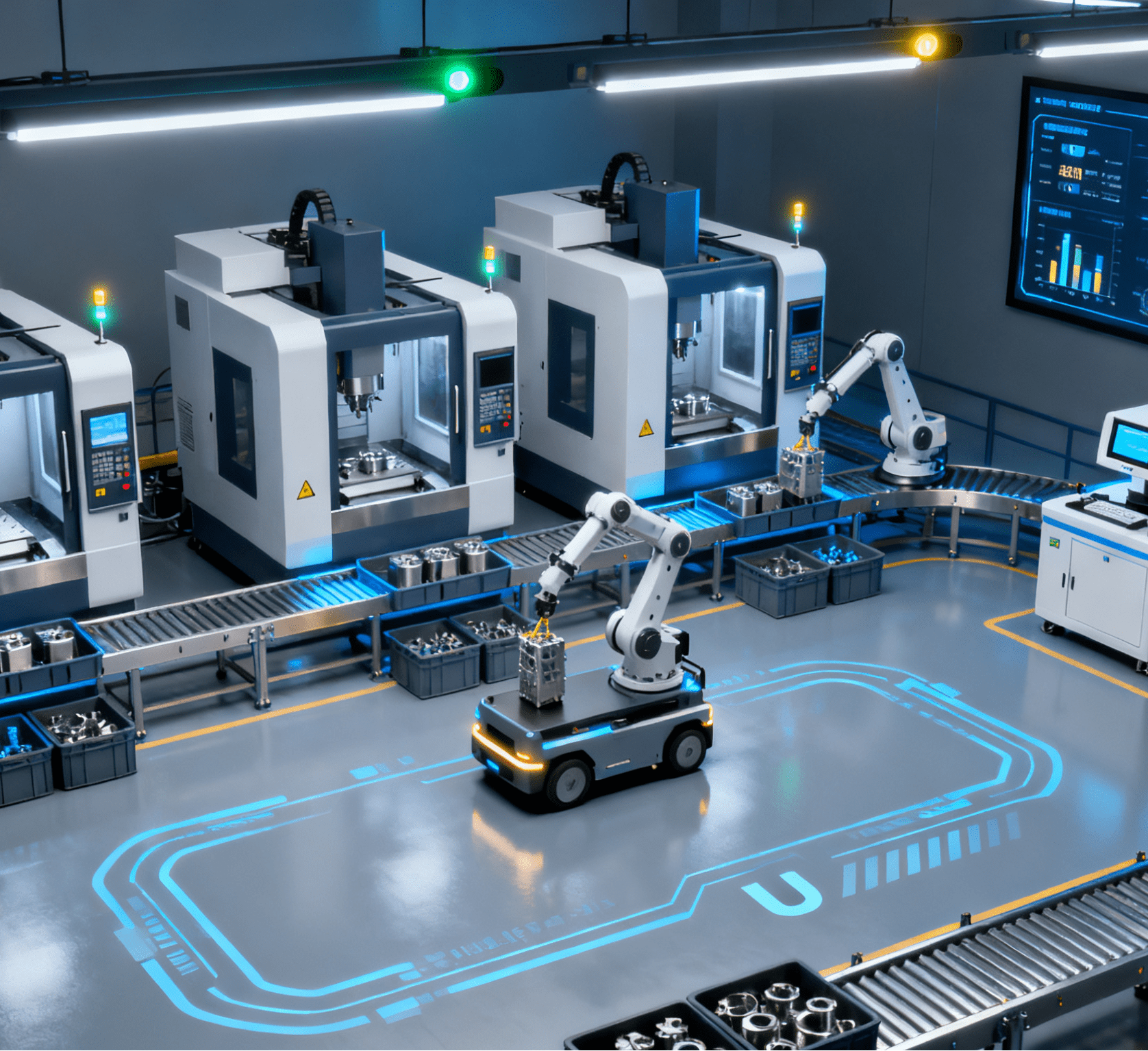
Once upon a time, the price of a humanoid robot was enough to buy an apartment in a first-tier city. But today, you only need to spend the money for a latest iPhone to bring home a humanoid robot with better performance. This amazing transformation was fully demonstrated at the recent World Internet Conference Wuzhen Summit. On November 7, 2025, when this technology feast opened in Wuzhen, Zhejiang, a number of Chinese enterprises made a collective appearance, shocking the entire industry with their highly competitive pricing strategies.
Price Plunge: From “Apartment Cost” to “Smartphone Price”
The entry-level embodied development platform Booster K1, launched with accelerated evolution, has a limited-time starting price of 29,900 yuan. Unitree R1 AIR from Unitree Technology has also been reduced to 29,900 yuan, while “Xiaobumi” from Songyan Power has even lowered its price to 9,998 yuan, equivalent to the price of a high-end smartphone. The shift from “the price of an apartment” to “the price of a car” and then to “the price of a smartphone” is not simply a case of “small profits but quick turnover”; it is an industrial revolution led by “Intelligent Manufacturing in China”.
Performance Upgrade & Market Expansion: Marching Toward Consumer-Grade
While prices are “being brought down”, performance is “climbing up”. Previously, humanoid robots might only be able to perform basic movements such as running and dancing, but now they have stronger functional expandability. Chinese enterprises are accelerating the advancement of humanoid robots into the “consumer-grade” market: “Xiaobumi” supports graphical programming and is equipped with supporting course development, while Booster K1 targets diverse scenarios such as education, scientific research, competitions, and exhibitions, building a complete development ecosystem.
The essence of the rapid price drop of humanoid robots lies in the cost restructuring driven by technological breakthroughs and the strong high-quality supply chain formed by China’s industrial accumulation. Jiang Zheyuan, founder of Songyan Power, admitted that the key to “Xiaobumi” being able to reduce its price to within 10,000 yuan lies in increasing the proportion of self-developed components, innovating materials and structural design, and leveraging the advantages of the local supply chain. This confidence stems from the strong supply chain system formed by China’s industrial accumulation: core components such as high-precision reducers, servo systems, and intelligent controllers have continuously made breakthroughs, and the localization rate has continued to rise. In the first three quarters of 2025, China’s industrial robot output reached 595,000 units, and the output of service robots even exceeded 13.5 million sets, both surpassing the total output of 2024.

Dual Drivers & Popularization Wave: The Dawn of a Trillion-Dollar Ecosystem
What is more noteworthy is that the popularization of humanoid robots is coinciding with breakthroughs in AI technology. Not long ago, the Emu3.5 multimodal large model released by the Beijing Academy of Artificial Intelligence (BAAI) has enabled humanoid robots to move from “pre-set scenarios” to “generalized adaptation” and from “mechanical execution” to “intelligent interaction”. This means that the “brain” of robots is undergoing a revolution. With the support of new technologies, robots can quickly adapt to numerous scenarios, greatly reducing training costs. In terms of “human mimicry”, bionic robots have mastered the “catwalk” (graceful walking posture), and were even once mistaken by netizens for “costumed performers” (people in cosplay suits). The scene where staff cut open the covering of the robot’s legs on site to publicly display the internal mechanical structure aroused the amazement of technology enthusiasts.
By achieving cost control through a strong supply chain, entering the market at highly competitive prices, and quickly forming scale and an ecosystem, a wave of robot popularization driven by Chinese enterprises is accelerating. Market data confirms this trend: in the past month alone, more than 100 new intelligent robot products were launched on JD.com, and the transaction volume of embodied intelligent robots increased by a staggering 757% year-on-year. When robots become as common as home appliances and cars, they will spawn a huge industry and application ecosystem worth trillions of yuan, completely changing the way of production and life in human society.




















